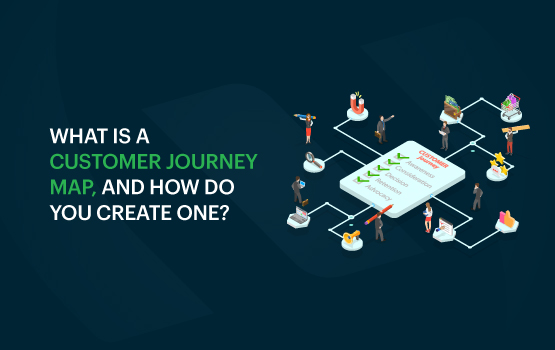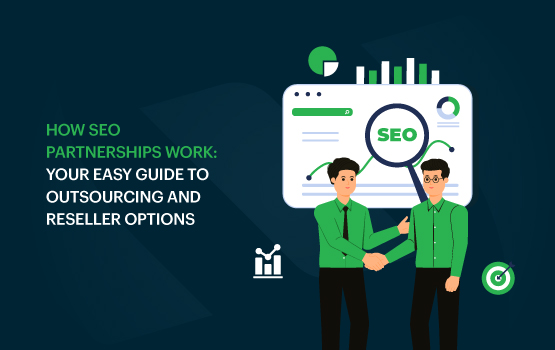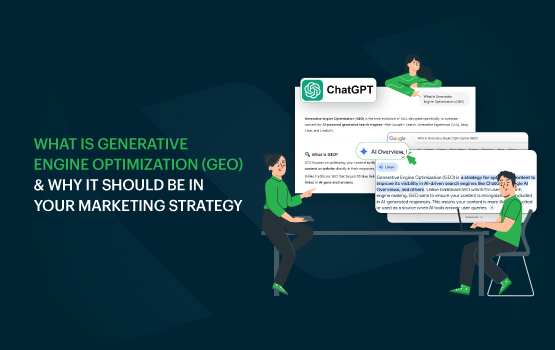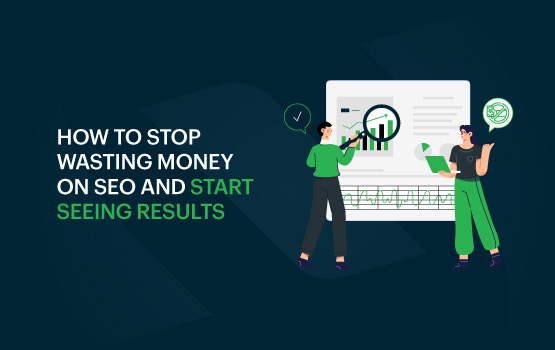It’s not simple to comprehend your clients’ journeys. Every visitor to your website has a different motivation for doing so, and each one navigates through your pages in a different way.
How can you gather information about your visitors to enhance website usability and identify purchasing trends? Well, creating a customer journey map is the easiest solution.
What is a Customer Journey?
The customer journey is the series of encounters a customer has with a brand, product, or business as they become aware of an issue and choose to buy a product. The customer journey, as opposed to the buyer’s journey, refers to a customer’s interaction with a particular business or service during the course of making a purchase.
Customer Journey Vs. Buyer Journey
The entire buying process, from consideration to completion, is referred to as the buyer’s journey. It encompasses the journey a consumer takes from realizing they have a problem to using a product or service.
In other words, buyers don’t just decide to make a purchase someday randomly. They go through a process to think about, assess, and choose to buy a new good or service.
The customer journey describes where your brand fits into the buyer’s journey, i.e., the customer touchpoints where you will interact with clients as they progress through the buyer’s journey’s stages. You take control of every touchpoint at every stage of the process when you develop a customer journey map, which we’ll be discussing below.
Phases of Customer Journey
Let’s look at the five primary stages of the customer journey and what consumers need to know about them.
Phase 1: Awareness
The majority of potential consumers begin at the awareness stage, when a user has an issue or need and searches for a solution. Customers are currently mostly looking for informative content regarding products that could help them with their difficulties.
Companies should refrain from excessively pushing products on customers since these consumers prefer instructional thought leadership than promotional or product-oriented insights. Instead, by outlining benefits, marketing teams may demonstrate how their products can meet client needs.
Phase 2: Consideration
Customers who are considering a product or service have done enough research to understand their need for it. They start contrasting brands and their offerings at this point.
During this phase of the customer journey, brands give product marketing content to assist consumers in comparing various options and ultimately selecting their product or service. The objective is to guide clients through a crowded solution marketplace and influence them to make a purchase.
Phase 3: Decision or Purchase
As they consistently gather and nurture leads, marketing teams struggle during the first two phases. When a brand-engaged person reaches the decision- or purchase-phase, they are a marketing-qualified lead prepared to interact with sales or support engineers.
When a person first requests demos, estimates, or wants to speak with a sales professional, they may start the customer journey in this phase. These people might submit a contact form for a company or make a conversion at a point in the sales funnel where there are less barriers to entry, such as a paid advertisement that targets the bottom of the funnel.
Phase 4: Retention
During the retention phase, clients who have acquired a solution continue to do business with the original vendor rather than switching to another one. In order to prevent churn during this phase, organizations offer fantastic onboarding experiences and continuing customer support.
Phase 5: Advocacy
During the loyalty stage, customers voluntarily recommend a business to their friends, family, and coworkers in addition to choosing to stick with it. The advocacy stage is another name for the loyalty stage.
Brands concentrate on offering a superb end-to-end client experience during this period, from your website content to your sales representatives, from your social media team to the UX of your product. Most essential, clients stick with you when they have success using your product; if it works, they will probably tell others about your company.
The Customer Journey Map Creation Process
Although creating customer journey maps may seem tedious, each map will be different depending on the style and application you use. Keep in mind that everyone of your consumers is unique, much like their journeys.
Step 1: Set Your Buyer Persona Clearly
Understanding your clients is the first step in designing a customer journey map.
While doing this, keep in mind that having just one buyer persona is insufficient. People who are at different stages of the buying process will behave and interact with your company in different ways, so it’s important to distinguish between someone who has been doing market research for a few months and is prepared to make a purchase and someone who has just started thinking about using your product or service to address a specific need.
Step 2: Choose Your Target Customers
It’s time to “deep dive” into every customer profile you’ve created so you can create one that more accurately reflects their experience. Map out their subsequent movements after first analyzing how they initially interacted with your brand.
Step 3: Identify Customer Touch Points
A client interacts with your brand at a “touchpoint” whenever they do so, whether that be before, during, or after they make a purchase from you. Moments that occur offline, online, through marketing, in person, or over the phone are also included. Different touch points could have different effects. For instance, a poor hotel check-in might ruin the entire trip.
You should consider all potential points of contact between your clients and your business. You won’t miss any chances to pay attention to your clients and make changes that will make them pleased if you do this.
Step 4: Identify Customer’s Pain Points
Now is the moment to compile all of your data (qualitative and quantitative) and take a broad view to find any possible obstacles or pain areas in the client journey. Additionally, you might want to make a list of the things you’re doing well right now and consider how you can do better.
Interview customers and employees who interact with customers to help you with this.
Step 5: Prioritize and Remove Roadblocks
Here are some queries you can ask yourself if you approach it from a micro perspective: What needs to be fixed or developed? Is it necessary to completely remove everything and start over from scratch? Or can a significant influence be achieved with just a few small adjustments?
Once you’ve located these obstacles, step back and consider the situation from a broad perspective. Recognise that the ultimate goal is to move customers along the funnel and bring them closer to converting, not to optimize each stage or touchpoint merely for the sake of optimizing it.
Step 6: Revise and Improve
Once it is finished, your customer journey map shouldn’t be abandoned on a shelf. Your customer journey map should be evolving along with your clients because they are always growing and developing. Consider it a dynamic document that will evolve over time.
Every six months or so, if you can, test, update, and improve your customer journey map. Customer journey maps should also be suitably modified if you make significant changes to your product or service.
Wrapping It Up
Creating a customer journey map is a crucial step in understanding and improving your customers’ experience. By mapping out their interactions, touchpoints, and pain points, you can identify areas for optimization and enhance your conversion rates. If you’re looking for professional assistance in conversion rate optimization, consider partnering with a reputable conversion rate optimization agency in Ahmedabad specializing in this field. Their expertise can help you create effective customer journey maps and drive meaningful improvements in your business.




